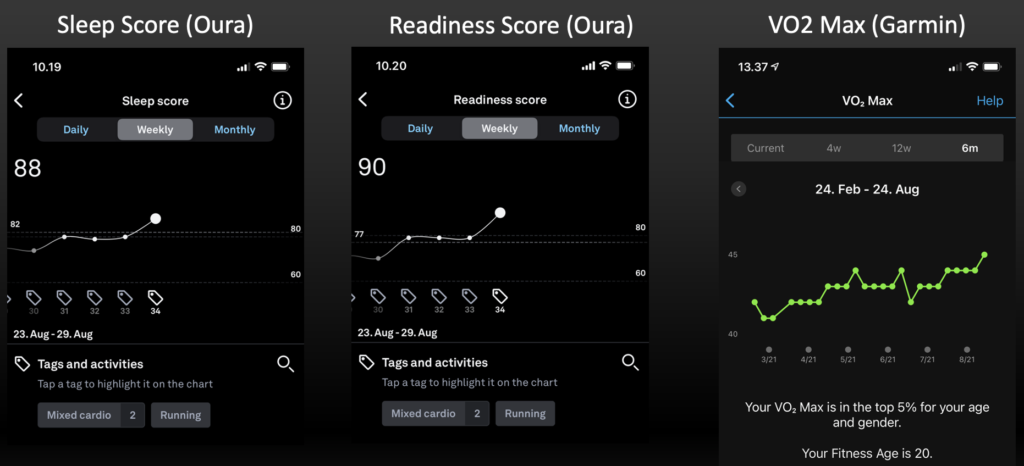Every ecosystem is about finding the right partner organizations and people. It is not only the organizations that are spending time in finding the right strategies and developing cultures to attract and retain the right people, the same phenomenon is seen in individual level. There is a growing number of professionals who engage in biohacking in various forms to boost their personal wellbeing and performance. And I am without doubt one of them.
For years I have been paying attention to my life choices to sustain high performance. Physically it means attempt to eat right, exercise regularly and to sleep enough. Mentally, it is about trying to time to family and friends and scheduling enough “me time” to reflect on life and its twists and turns. And of course, using technology like Oura and Garmin to give me valuable insights about my performance including sleep and stress levels.
Do or not, there is no try!
If only the world would be as easy as Master Yoda puts it. Over the years I have noticed, that even though I strive for high performance, my actions do not always support the attempt. Simply, because “life is”.
When work piles up and stress kicks in, it is often difficult to wind down in the evening. As a result, quality of sleep starts degrading and in turn impacts recovery and performance. While I, like many others know what I should do, it is still hard to turn “knowing” into “doing”. No matter of what Oura or Garmin say!
Lighting better performance
There are number of things beyond our control that impact our lives. For example, those of us who live in the Northern parts of the globe get plenty of sunlight in the summer – and virtually none in the Winter. The impact of light – or the lack of it – on us and our energy levels is huge. It is not just a feeling: Increasing amounts of research reiterate the importance of daylight for our health, wellbeing and sleep.
While bright light lamps are a partial solution, there are very few solutions available to “imitate daylight”. Hence, when I heard about biocentric lighting – lighting that adjusts to one’s individual circadian rhythm and optimises brightness and tone accordingly, I got interested. Firstly, because I needed to improve lighting in my home office. And secondly, because it sounded too good to be true. I would not have to do anything – just switch on the light and wait for the improvements on performance.
Now, after two weeks under my biocentric “sun” I feel that I am equipped for the winter. And have been very positively surprised by the results. Both Oura and Garmin show measurable results! Both my sleep score and readiness score are improving, and so is my performance (measured by VO2 Max).

I can see the light!
Two weeks is a very short time. Yet the improvement in performance is real and I can feel it. And looking into the research behind the technology, it is convincing – the power of patented biocentric lighting technology lies in the understanding of human anatomy and our responsiveness to light. So, it is not just “smart light” it is a completely new way to look at lighting as a performance improving tool.
Checking the company behind the solution, Brainlit, I cannot help but wonder what happens if they deliver on their promise and improve the performance of professionals working in offices, hospitals, schools etc. just by changing the lighting conditions? The company is now creating their ecosystem. The solution is ready. The first customers have taken it into use. The first partners for sales, installation and maintenance are onboard. There is research to prove that the impact is real. In short, the first ecosystem partners are onboard, and their ecosystem journey has begun! Looking forward to seeing how things develop, even with the winter coming!




